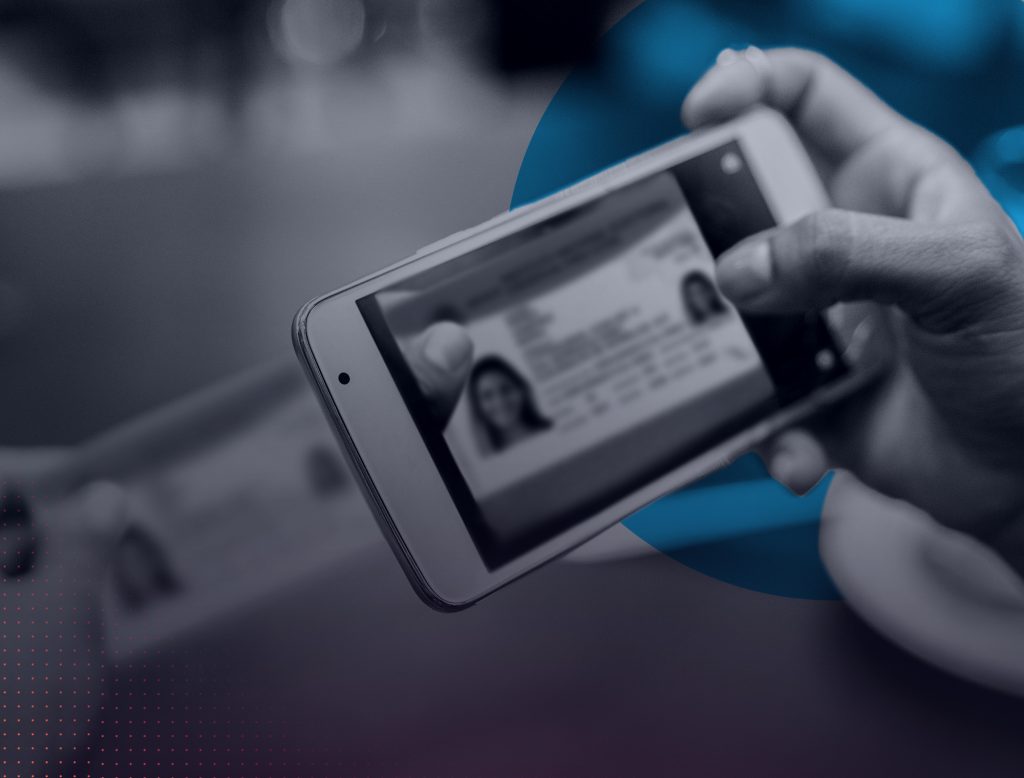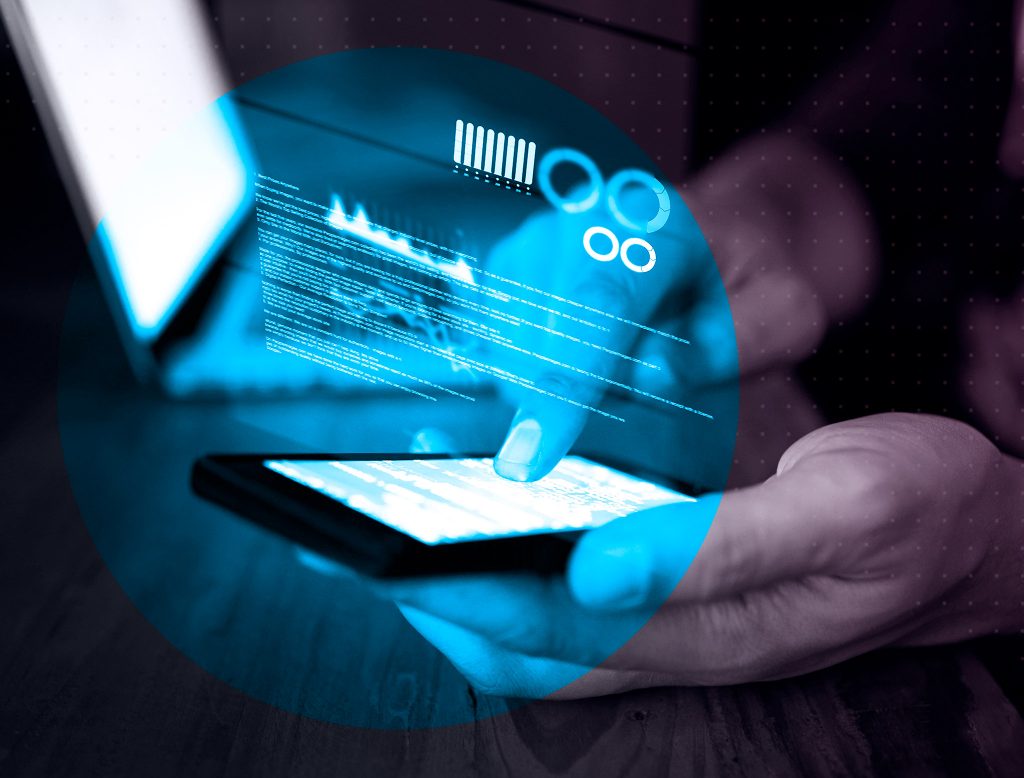In the field of artificial intelligence, discussions have arisen about how a machine could go from performing complex tasks with great precision to generating new ideas and having creative thinking of its own. In this article we explore advances in the subject and some of the techniques proposed to be used as a tool in the human creative process.
As discussed in previous articles, artificial intelligence defines the term thinking as the ability of a machine to imitate human behavior. So far, this imitation has led it to perform complex actions such as maintaining a logical conversation, identifying objects present in an image, providing support in the medical field, developing autonomous cars, among others. However, it is clear that the evolution of human intelligence not only makes it capable of performing highly complex tasks, but also of understanding its environment and proposing alternatives, solutions or innovations based on it. Albert Einstein once said that “the true sign of intelligence is not knowledge, but imagination” and “Logic will get you from point A to point B, but imagination will get you anywhere”. For this reason, the question arises whether it is possible for a machine to have creative and innovative thinking similar to that of human beings.
Some studies on the subject suggest that minimizing the standards of human intelligence to the levels reached by artificial intelligence devalues important aspects of the former such as imagination, aesthetics, altruism, creativity and wisdom [1]. While others believe that, although it is true that artificial intelligence could hardly develop its own sense of creativity, computers can be trained in some of its parameters and claim that at present we have only superficially explored the subject and the possibilities are endless [2].
In this article we analyze some current techniques that open the way towards the development of certain creative patterns similar to those obtained in human intelligence, which have allowed the development of assistive technologies and are used as tools in innovation processes.
Computational Creativity
A creative system is defined as a collection of processes that to some extent simulates some aspect of human creativity [3]. According to several studies the ability to generate new and valuable ideas, concepts and artifacts can be studied, investigated and modeled, therefore, artificial intelligence techniques could simulate to some extent the creative behavior of humans [3].
Boden proposed a model of creativity under three concepts [3] [4]:
- Exploratory creativity: Process of exploring innovative solutions.
- Combinational creativity: Combining elements of previous solutions to obtain a new solution from it.
- Transformational creativity: Transform solutions, in an innovative way, to adapt to similar problems or solve a problem with the inspiration of existing solutions.
Additionally, there are studies that treat creativity as a social process [5] [6], in addition to an individual process, in which it is emphasized that a novel idea or concept does not come from a single human being, but from a higher level of organization, the social one. In this sense, computational creativity systems can be of strong creation, contributing greatly to the generation of new ideas; or they can be of weak creation, mostly passive but still contributing to the innovation and creation of new ideas, concepts or artifacts.
Under these precepts, computational creativity systems can be seen as something more than a simple tool and be collaborative partners in design processes. Currently, there are a large number of applications that enhance or boost creative skills in both artistic fields such as music, poetry, literature, among others; and non-artistic fields such as planning and decision-making processes.
Style transfer
Fig. 1 Example of style transfer
This artificial intelligence technique takes two images, a content image and a reference style image, blends them together generating an image with the elements of the content image and with the style of the second image [7] (see Fig. 1). It was described in the article “A Neural Algorithm of Artistic Style “[8], in 2015. The authors demonstrated that the content and style of an image can be separated by deep learning techniques and convolutional neural networks to obtain a textured version of the original image.
From this research, other studies have emerged that seek to explore the subject in greater depth. This is the case of Luan et.al [9], who introduced a system of style transfer between photos of real objects, and although they recognize that the results still present a range of distortion, they are quite encouraging and are used to improve specialized tools in image and video editing such as those of the popular Adobe (see Fig. 2).
Fig. 2 Example of style transfer between photographs of real objects [9].
Generative Adversarial Networks (GAN)
Fig. 3 Example of a poem generated from an image [13].
Previous articles have mentioned the use of these networks in the development of the aforementioned DeepFakes. Additionally, this technology is allowing artificial intelligence to take a big step in the development of applications, which require creativity and innovation [10]. In 2018, Christie’s auctioned the first painting made by an artificial intelligence system, specifically using these GANs, for $432,500 [11]. In music, this technique has been used to generate consistent four-beat music tracks for bass, drums, guitar, piano and strings, after training the network with a large number of songs from the rock genre [12] [10]. in Poetry (Fig. 3), where from an input image the system is able to generate a description and from it create a poem that captures a deeper, poetic meaning [13] [10]. In literature, such networks, combined with natural language processing techniques, are able to generate fully coherent paragraphs from an input sentence [14] [10]. An example is presented in Fig. 4 where a human enters a paragraph and the machine creates a fully coherent text with the initial idea.
Fig. 4 Example of text generated by artificial intelligence algorithms from an initial paragraph [14].
Conclusions
While it is true that the development of a general artificial intelligence that equals or surpasses human intelligence may be unattainable, the daily advances in this technology have allowed the creation of applications that serve to improve and boost human creative processes, serving not only as a tool, but also as an integral part of them, achieving results that were not thought possible a few years ago.
Maria Ximena Bastidas R.
Bibliography
[1] Logan, A. Braga y R. K., «The Emperor of Strong AI Has No Clothes: Limits to Artificial Intelligence,» Information MDPI, 2017.
[2] IBM, «The quest for AI creativity,» pp. https://www.ibm.com/watson/advantage-reports/future-of-artificial-intelligence/ai-creativity.html.
[3] L. Issa, F. Alghanim y N. Obeid, «Computational Creativity: The Design of a Creative Computer Program,» de International Conference on Information and Communication Systems, 2019.
[4] G. A. Wiggins y J. Forth, «Computational Creativity and Live Algorithms,» The Oxford Handbook of Algorithmic Music, 2018.
[5] P. Santacruz, «Del “Yo Creo” al “Nosotros Creamos”: Analogías y Contextualizaciones en la Asunción de la Creatividad Social,» de Escuela e inclusión: reconocimiento, cultura de paz, creatividad social y derechos para la nueva escuela, Pasto, Secretaría de Educación Municipal – Alcaldía de Pasto, 2018.
[6] O. Bown, «Against Individual Creativity,» Dagstuhl Seminar, 2009.
[7] Fritz ai, «Style Transfer Guide,» pp. https://www.fritz.ai/style-transfer/.
[8] L. A. Gatys, A. S. Ecker y M. Bethge, «A Neural Algorithm of Artistic Style,» https://arxiv.org/pdf/1508.06576.pdf, 2015.
[9] F. Luan, S. Paris, E. Shechtman y K. Bala, «Deep Photo Style Transfer,» de CVPR, 2017.
[10] heartbeat.fritz.ai, «Artificial Art: How GANs are making machines creative,» heartbeat.fritz.ai, pp. https://heartbeat.fritz.ai/artificial-art-how-gans-are-making-machines-creative-b99105627198, Septiembre 2019.
[11] christies, «Is artificial intelligence set to become art’s next medium?,» pp. https://www.christies.com/features/A-collaboration-between-two-artists-one-human-one-a-machine-9332-1.aspx, Diciembre 2018.
[12] H.-W. Dong, W.-Y. Hsiao, L.-C. Yang y Y.-H. Yang, «MuseGAN: Multi-track Sequential Generative Adversarial Networks for Symbolic Music Generation and Accompaniment,» https://arxiv.org/abs/1709.06298, 2017.


